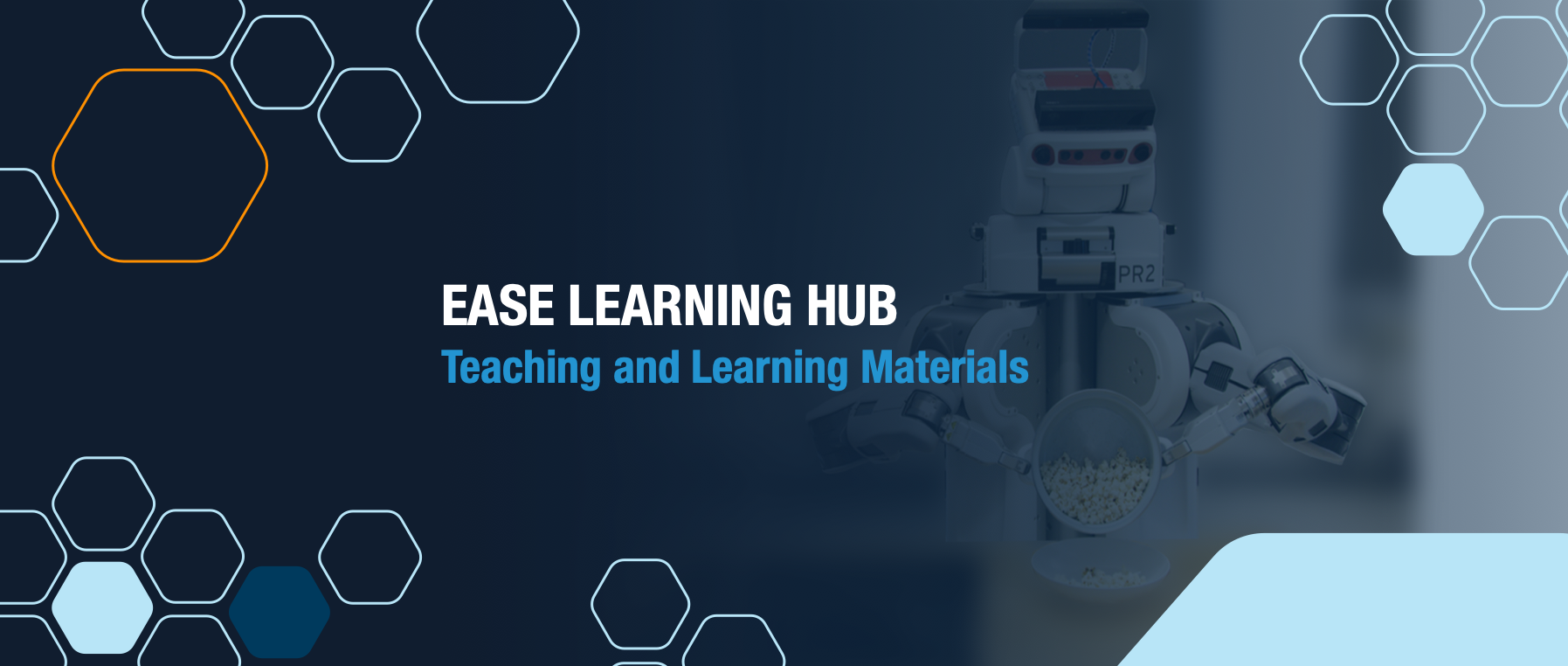An Introduction to Robot Perception
From small to complex, from robot vacuum cleaner to self-driving car: every robotic system needs some sort of perceptual capabilities in order to perceive information from its environment and to understand how it can manipulate it. Perception can come in many forms. Tim Patten gives a highly interesting introduction on how robots deal with object identification: what is it? (recognition), what type is it? (classification), where is it? (object detection), and how do I manipulate it? (grasping). The talk is suitable for beginners.

